Filter by
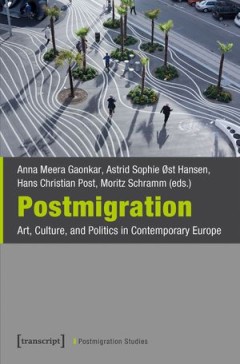
Postmigration: Art, Culture, and Politics in Contemporary Europe
The concept of »postmigration« has recently gained importance in the context of European societies' obsession with migration and integration along with emerging new forms of exclusion and nationalisms. This book introduces ongoing debates on the developing concept of »postmigration« and how it can be applied to arts and culture. While the concept has mainly gained traction in the cultural s…
- Edition
- -
- ISBN/ISSN
- 9783839448403
- Collation
- -
- Series Title
- -
- Call Number
- 351.81 POS p
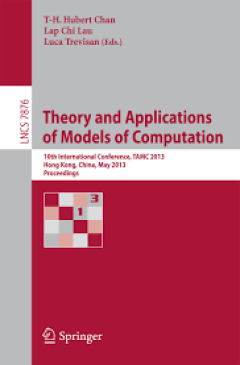
Theory and Applications of Models of Computation
This book constitutes the refereed proceedings of the 12th Annual Conference on Theory and Applications of Models of Computation, TAMC 2014, held in Singapore, in May 2015. The 35 revised full papers presented were carefully reviewed and selected from 78 submissions. The papers treat all topics relating to the theory and applications of models computation, for example recursion theory and mathe…
- Edition
- -
- ISBN/ISSN
- 978-3-319-17142-5
- Collation
- 83 b/w illustrations
- Series Title
- -
- Call Number
- -
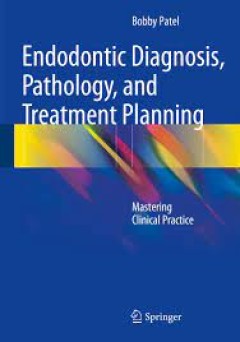
Endodontic Diagnosis, Pathology, and Treatment Planning Mastering Clinical P…
This book is intended as a practical guide to endodontic diagnosis, pathology, and treatment planning. The coverage is comprehensive and encompasses such topics as disease classification, the endodontic armamentarium, anatomy, the role of different radiographic techniques, treatment decision making, preoperative management, the use of antibiotics and analgesics, and anesthesia. Numerous high-qu…
- Edition
- -
- ISBN/ISSN
- 978-3-319-15591-3
- Collation
- 28 b/w illustrations, 180 illustrations in colour
- Series Title
- -
- Call Number
- -
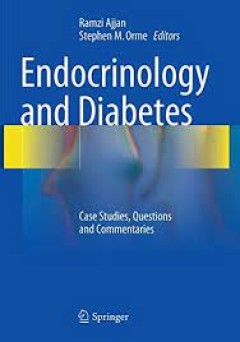
Endocrinology and Diabetes Case Studies, Questions and Commentaries
This book provides case studies accompanied by questions and commentaries for the specialist registrar in diabetes and endocrinology, to assist with problem-based learning during their training. The case studies range from the everyday to the rare and complicated, presenting a strong foundation for the specialist trainee to prepare them for their qualifying exams and, more importantly, for thei…
- Edition
- -
- ISBN/ISSN
- 978-1-4471-2789-5
- Collation
- 18 b/w illustrations, 19 illustrations in colour
- Series Title
- -
- Call Number
- -
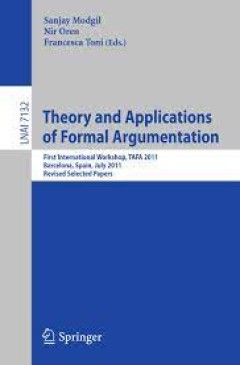
Theory and Applications of Formal Argumentation
This book constitutes the refereed proceedings of the Third International Workshop on the Theory and Applications of Formal Argumentation, TAFA 2015, held in Buenos Aires, Argentina, in July 2015. The workshop was co-located with IJCAI 2015. The 15 revised full papers presented were carefully reviewed and selected from 25 submissions. The papers deal with formal theoretical models of argumentat…
- Edition
- -
- ISBN/ISSN
- 978-3-319-28460-6
- Collation
- 48 illustrations in colour
- Series Title
- -
- Call Number
- -
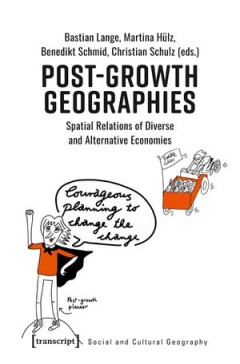
Post-Growth Geographies: Spatial Relations of Diverse and Alternative Economies
Post-Growth Geographies examines the spatial relations of diverse and alternative economies between growth-oriented institutions and multiple socio-ecological crises. The book brings together conceptual and empirical contributions from geography and its neighbouring disciplines and offers different perspectives on the possibilities, demands and critiques of post-growth transformation. Through c…
- Edition
- -
- ISBN/ISSN
- 9783839457337
- Collation
- -
- Series Title
- -
- Call Number
- 301 POS p

Stochastic Analysis for Finance with Simulations
This book is an introduction to stochastic analysis and quantitative finance, including theoretical and computational methods, for advanced undergraduate and graduate students in mathematics and business, but not excluding practitioners in finance industry. The book is designed for readers who want to have a deeper understanding of the delicate theory of quantitative finance by doing computer…
- Edition
- -
- ISBN/ISSN
- 978-3-319-25589-7
- Collation
- -
- Series Title
- -
- Call Number
- -

Nanotechnology: Principles and Practices
Given the rapid advances in the field, this book offers an up-to-date introduction to nanomaterials and nanotechnology. Though condensed into a relatively small volume, it spans the whole range of multidisciplinary topics related to nanotechnology. Starting with the basic concepts of quantum mechanics and solid state physics, it presents both physical and chemical synthetic methods, as well…
- Edition
- 1
- ISBN/ISSN
- 978-3-319-09170-9
- Collation
- XXIV, 403
- Series Title
- -
- Call Number
- -

Endocannabinoids
There is currently considerable interest in the development of medicines that would enhance endocannabinoid-induced “autoprotection”, for example through inhibition of endocannabinoid metabolizing enzymes or cellular uptake processes or that would oppose endocannabinoid-induced “autoimpairment”. This volume describes the physiology, pathophysiology and pharmacology of the endocannabinoi…
- Edition
- -
- ISBN/ISSN
- 978-3-319-20825-1
- Collation
- XII, 475
- Series Title
- -
- Call Number
- -

Theory and Applications of Applied Electromagnetics APPEIC 2014
In this book, experts from academia and industry present the latest advances in scientific theory relating to applied electromagnetics and examine current and emerging applications particularly within the fields of electronics, communications, and computer technology. The book is based on presentations delivered at APPEIC 2014, the 1st Applied Electromagnetic International Conference, held in B…
- Edition
- -
- ISBN/ISSN
- 978-3-319-17269-9
- Collation
- 275 b/w illustrations
- Series Title
- -
- Call Number
- -
 Computer Science, Information & General Works
Computer Science, Information & General Works  Philosophy & Psychology
Philosophy & Psychology  Religion
Religion  Social Sciences
Social Sciences  Language
Language  Pure Science
Pure Science  Applied Sciences
Applied Sciences  Art & Recreation
Art & Recreation  Literature
Literature  History & Geography
History & Geography